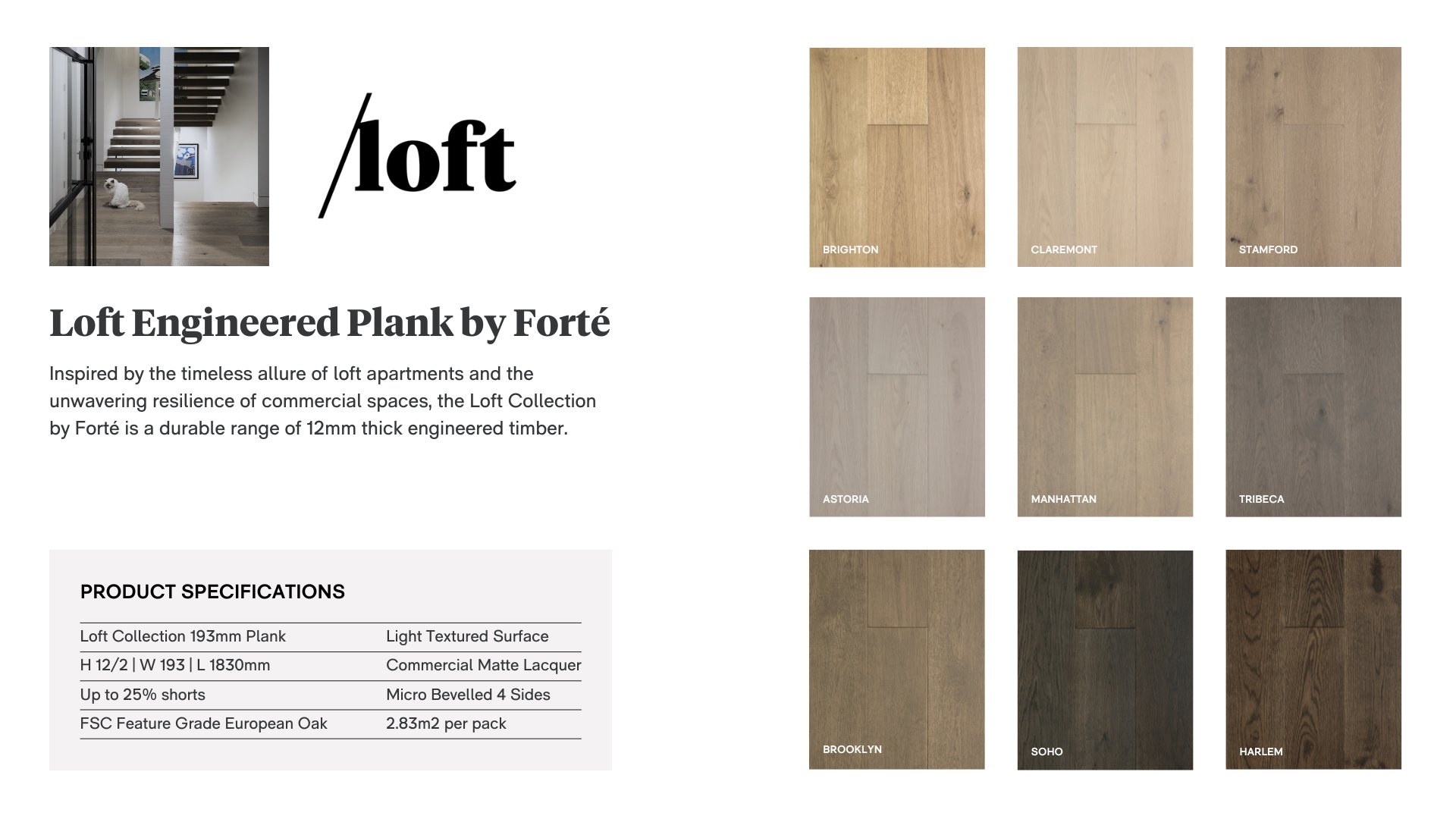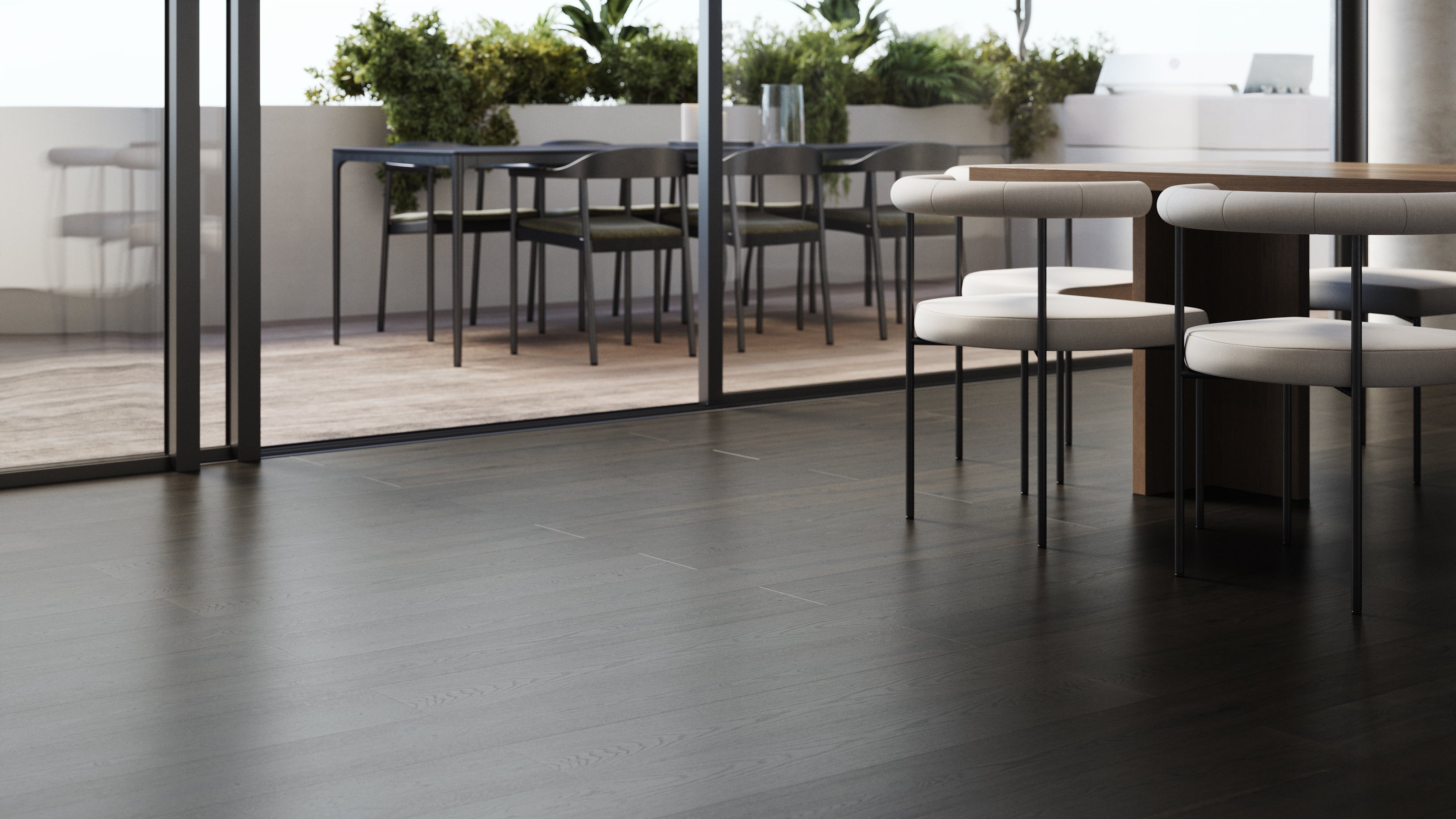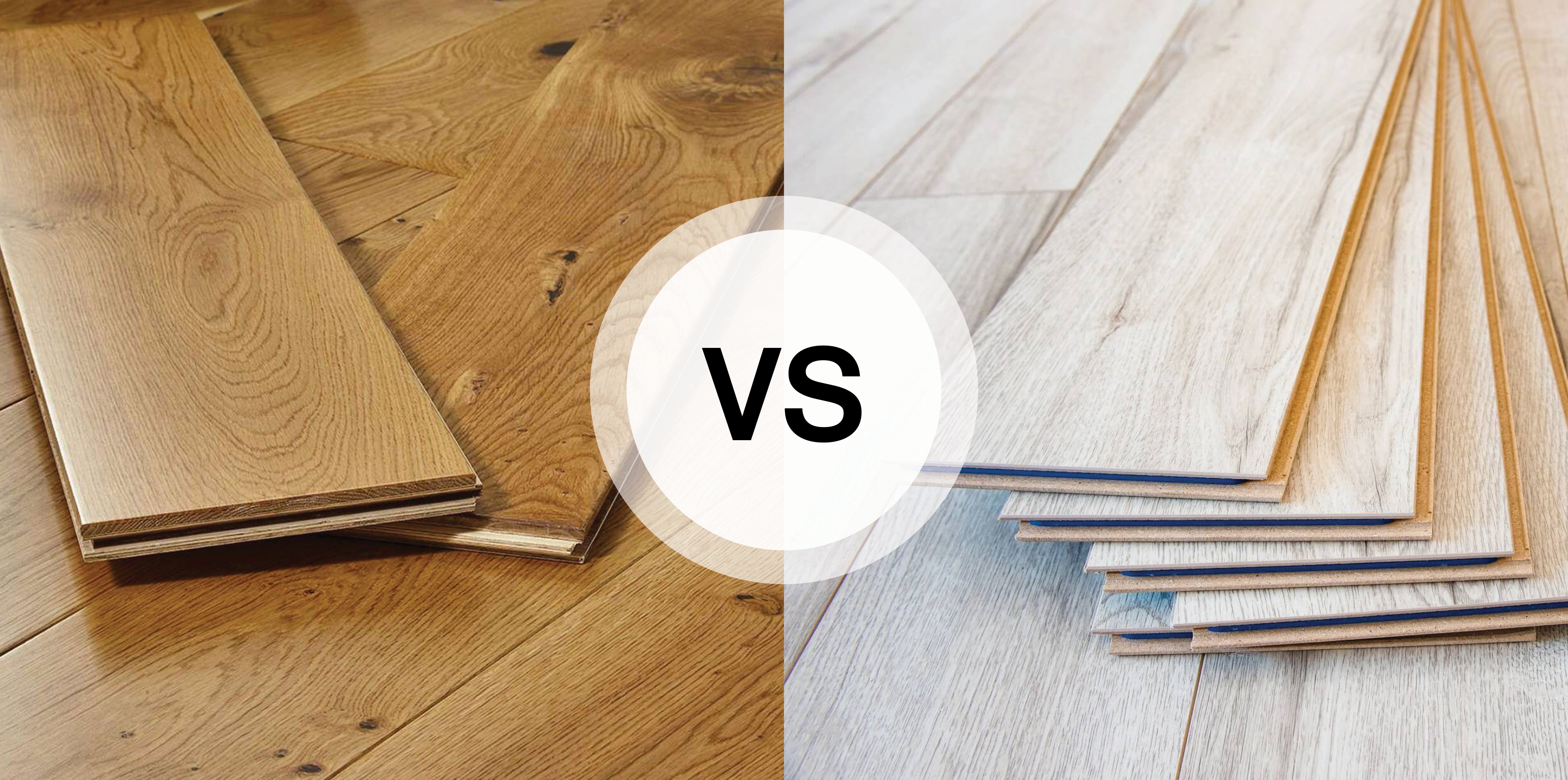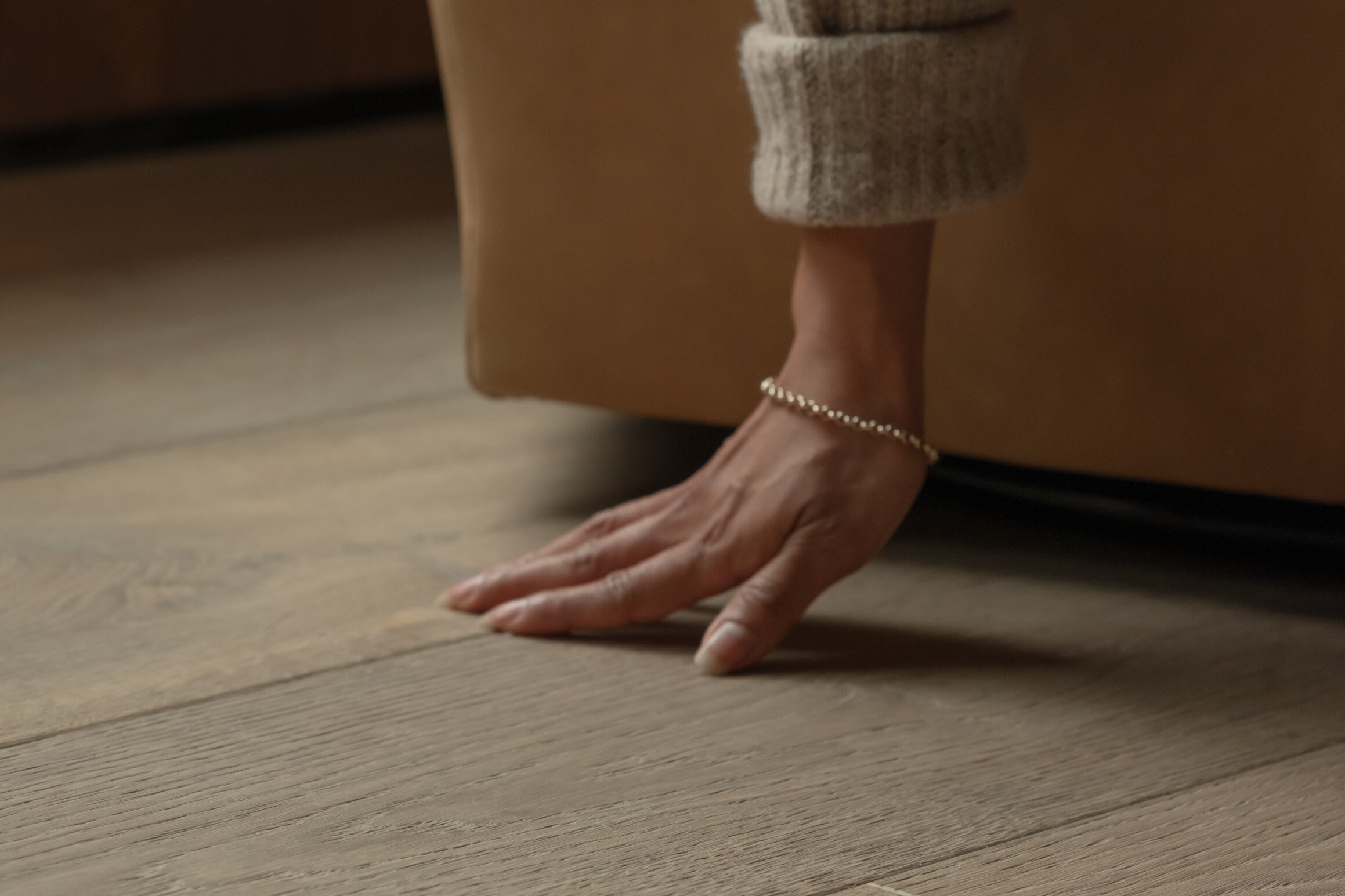Environmental Concerns with PVC Vinyl Flooring
Blog |

Choosing the right flooring for your project involves considerations beyond aesthetics and durability. As environmental consciousness continues to rise, the flooring industry is witnessing a shift toward eco-friendly alternatives.
With the United States Environmental Protection Agency recently announcing a formal review of the risks posed by a handful of chemicals, including the use of Vinyl Chloride (a flammable gas used to make PVC) in products, it has raised concerns over the safety of having PVC vinyl flooring (composed predominantly of Polyvinyl Chloride) installed in residential and commercial spaces.
What is Vinyl Chloride?
Vinyl Chloride, a transparent and easily combustible gas, is not found in nature and is exclusively manufactured for industrial applications.
Its primary use lies in the production of Polyvinyl Chloride (PVC), a robust plastic resin extensively utilised for manufacturing a number of plastic products such as pipes, wire, cable coatings and packaging materials.
Furthermore, Vinyl Chloride is generated as a byproduct during the combustion of tobacco, contributing to its presence in tobacco smoke.
International Living Future Institute reveals that the composition of vinyl tile is made up of 35% Polyvinyl Chloride, along with many other listed chemicals, which all contribute to the release of VOCs (volatile organic compounds) in vinyl flooring.
These compounds can contribute to indoor air pollution and may cause short-term and long-term health effects. Common VOCs associated with vinyl flooring include formaldehyde, benzene and toluene. Other concerns to be aware of with regards to vinyl flooring and the VOCs it releases are the Phthalates (plasticisers) added to vinyl flooring to increase flexibility and durability. These chemicals can leach out over time, especially in areas with high temperatures or humidity, and are known to be linked to various health concerns.
More information on the ingredients in this material can be found below here: Declare - International Living Future Institute (living-future.org).
To minimise the health risks that vinyl flooring poses, it is recommended to choose a low-VOC or VOC-free vinyl flooring products or consider a more natural flooring option such as timber flooring.
Engineered Timber Flooring vs PVC Vinyl Flooring
As mentioned above, with more consideration around eco-friendly flooring, we’ll take you through the environmental impact of two popular flooring options - engineered timber and PVC vinyl flooring, and explain why engineered timber stands out as the superior and greener choice when compared to vinyl.
Engineered Timber Flooring:
Engineered timber flooring is a composite material consisting of a real wood veneer layer on top of a plywood core. This construction allows for the use of less solid wood than traditional hardwood flooring, making it a more resource-efficient option.
Sustainability and Resource Usage:
Engineered Timber Flooring:
Engineered timber flooring is known for its sustainable sourcing practices. Many manufacturers prioritise using wood from responsibly managed forests, ensuring the long-term health of the ecosystem. By using a veneer layer over a composite core, engineered timber makes efficient use of resources, reducing the demand for solid wood.
Vinyl Flooring:
Vinyl flooring has a higher environmental impact due to its reliance on fossil fuel-derived PVC. The extraction and processing of non-renewable resources contribute to environmental degradation and the release of greenhouse gases. In comparison, engineered timber's lower resource consumption makes it a more sustainable choice.
Durability and Longevity:
Engineered Timber Flooring:
Engineered timber flooring is renowned for its durability and longevity. The veneer layer is coated with protective finishes, ensures resistance to scratches, stains, and fading. Engineered timber can also be sanded and refinished a number of times depending on veneer thickness. This, together with the durability of the finish, extends the lifespan of the flooring for decades, reducing the need for frequent replacements and minimizing the overall environmental impact.
Vinyl Flooring:
While vinyl flooring is durable, it may be more susceptible to scratches and gouges compared to engineered timber. Once a vinyl floor has been damaged it will need to be pulled up and replaced contributing to increased waste and resource consumption, unlike engineered timber that can be sanded and refinished when scratched.
End-of-Life Considerations:
Engineered Timber Flooring:
Engineered timber flooring is often recyclable and the wood components can be repurposed or used for biomass energy. This end-of-life recyclability reduces the environmental impact associated with disposal.
Vinyl Flooring:
Disposing of vinyl flooring poses significant environmental challenges. The non-biodegradable nature of PVC means that discarded vinyl persists in landfills, contributing to long-term environmental harm. Incineration of PVC can release toxic by-products, underscoring the environmental concerns associated with vinyl flooring disposal.
Indoor Air Quality:
Engineered Timber Flooring:
Engineered timber flooring contributes positively to indoor air quality. Unlike vinyl, engineered timber flooring (finished with a water-based polyurethane) has low VOCs (volatile organic compounds) and harmful substances. The natural properties of wood also contribute to regulating humidity and temperature levels, creating a healthier living environment.
Vinyl Flooring:
Vinyl flooring is known to emit VOCs, especially during installation and in the early stages of its life. These pollutants can negatively impact indoor air quality, posing health risks such as respiratory irritation and allergic reactions. For those concerned about the well-being of their indoor environment, engineered timber flooring is by far the healthier option.
Conclusion:
In the comparison between engineered timber and vinyl flooring, engineered timber emerges as the more environmentally friendly and sustainable choice. From responsible sourcing practices to positive contributions to indoor air quality, durability, and end-of-life considerations, engineered timber aligns with the growing global demand for eco-conscious living solutions.
Engineered Timber Flooring at a Similar Price Point to Vinyl
If you’re looking for a more natural flooring option that compares to vinyl flooring’s price point, you should consider the Loft engineered timber flooring collection by Forté.
Loft is a natural, affordable and exceptionally durable timber flooring product, specially designed to cater to the needs of multi-residential, retail, hospitality and other commercial projects, as well as residential projects with high foot traffic.
Loft, available in nine modern colours and featuring a 12mm total thickness and 2mm wear layer, is prefinished with a UV cured DuraMatte lacquer with commercial-grade finish. This provides superior scratch resistance and durability with minimal maintenance requirements.
Although vinyl flooring may have a slightly lower upfront cost on the actual product, once subfloor preparation costs and installation costs are considered, it sits at a relative price point to the Loft collection, which offers more in terms of it being a natural timber product, lasts longer and is easy to repair if damaged.
To learn more about Loft here or order free samples of this flooring collection.

Visit one of our Showrooms
If you have any queries about our products or need help with your project, we can provide you with expert advice. Visit one of our showrooms or book a consultation with our flooring experts today.


